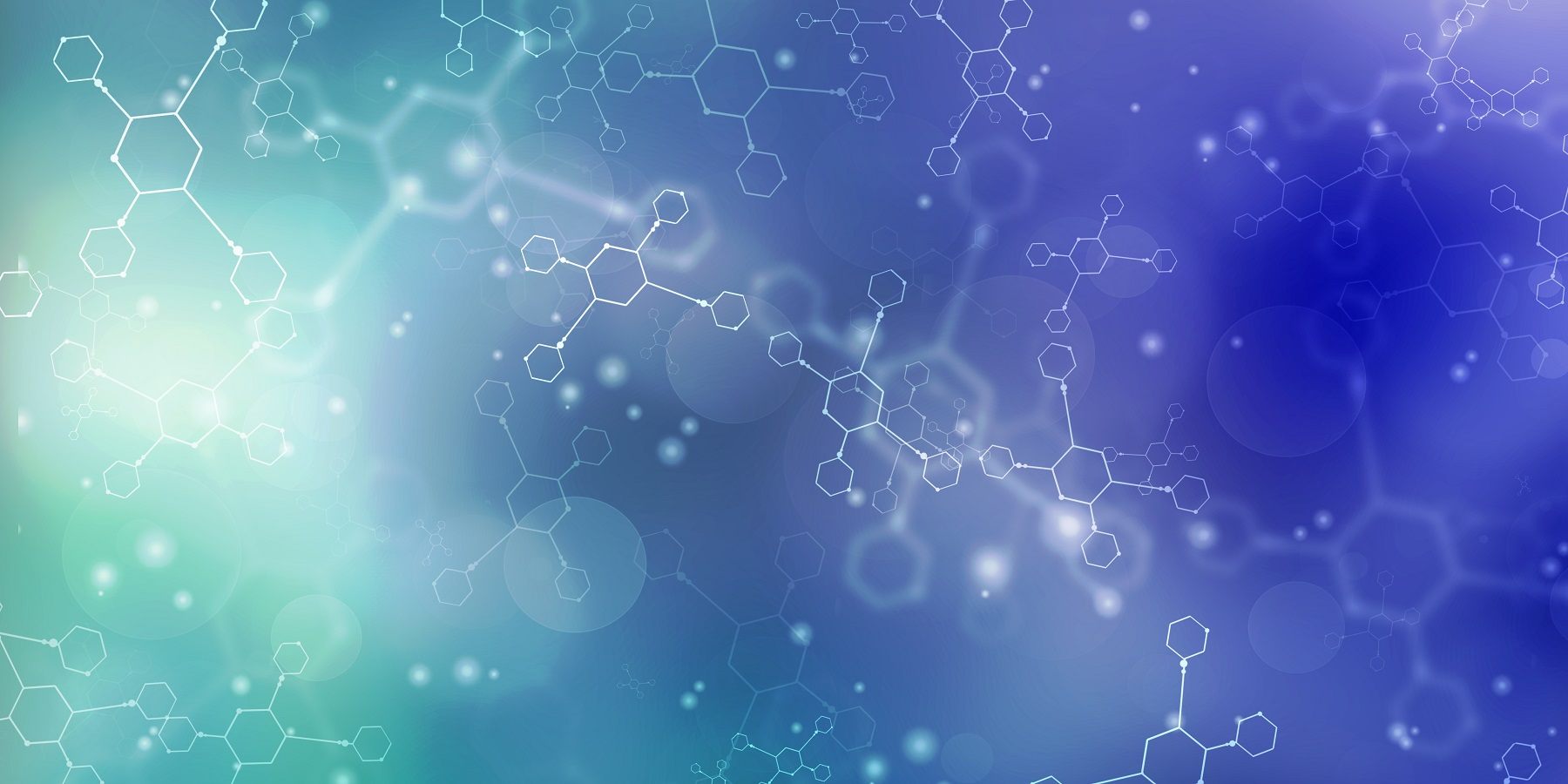| Catalog Number |
PR1400619 |
| CAS |
1400-61-9 |
| Structure |  |
| Description |
Nystatin is a topical and oral antifungal agent with activity against many species of yeast and candida albicans, which is used largely to treat skin and oropharyngeal candidiasis. Nystatin is not absorbed orally and has not been linked to drug induced liver injury. |
| Synonyms |
Biofanal; Diastatin; Moronal; Nilstat; Nystex |
| IUPAC Name |
(1S,15S,16R,17R,18S,19E,21E,25E,27E,29E,31E)-33-[(2S,3S,4S,5S,6R)-4-amino-3,5-dihydroxy-6-methyloxan-2-yl]oxy-1,3,4,7,9,11,17,37-octahydroxy-15,16,18-trimethyl-13-oxo-14,39-dioxabicyclo[33.3.1]nonatriaconta-19,21,25,27,29,31-hexaene-36-carboxylic acid |
| Molecular Weight |
926.1 |
| Molecular Formula |
C47H75NO17 |
| InChI |
VQOXZBDYSJBXMA-RKEBNKJGSA-N |
| InChI Key |
InChI=1S/C47H75NO17/c1-27-17-15-13-11-9-7-5-6-8-10-12-14-16-18-34(64-46-44(58)41(48)43(57)30(4)63-46)24-38-40(45(59)60)37(54)26-47(61,65-38)25-36(53)35(52)20-19-31(49)21-32(50)22-33(51)23-39(55)62-29(3)28(2)42(27)56/h5-6,8,10-18,27-38,40-44,46,49-54,56-58,61H,7,9,19-26,48H2,1-4H3,(H,59,60)/b6-5+,10-8+,13-11+,14-12+,17-15+,18-16+/t27-,28-,29-,30+,31?,32?,33?,34?,35?,36?,37?,38?,40?,41-,42+,43+,44-,46+,47+/m0/s1 |
| Drug Categories |
Alimentary Tract and Metabolism; Anti-Infective Agents; Antidiarrheals, Intestinal Antiinflammatory/antiinfective Agents; Antifungal Agents; Antifungal Agents (Vaginal); Antifungals for Dermatological Use; Antifungals for Topical Use; Compounds used in a research, industrial, or household setting; Dermatologicals; Genito Urinary System and Sex Hormones; Gynecological Antiinfectives and Antiseptics; Intestinal Antiinfectives; Ionophores; Lactones; Membrane Transport Modulators; OATP1B1/SLCO1B1 Inhibitors; OATP1B3 inhibitors; Polyene Antifungal; Polyenes; Polyketides |
| Drug Interactions |
Ambrisentan-The excretion of Ambrisentan can be decreased when combined with Nystatin.
Asunaprevir-The excretion of Asunaprevir can be decreased when combined with Nystatin.
Atogepant-The serum concentration of Atogepant can be increased when it is combined with Nystatin.
Atorvastatin-The excretion of Atorvastatin can be decreased when combined with Nystatin.
Axitinib-The excretion of Axitinib can be decreased when combined with Nystatin. |
| Isomeric SMILES |
C[C@H]1/C=C/C=C/CC/C=C/C=C/C=C/C=C/C(CC2C(C(C[C@](O2)(CC(C(CCC(CC(CC(CC(=O)O[C@H]([C@@H]([C@@H]1O)C)C)O)O)O)O)O)O)O)C(=O)O)O[C@@H]3[C@H]([C@H]([C@@H]([C@H](O3)C)O)N)O |
| Type |
Small Molecule |
| Therapeutic Category |
Antifungals |
It should be noted that our service is only used for research, not for clinical use.

